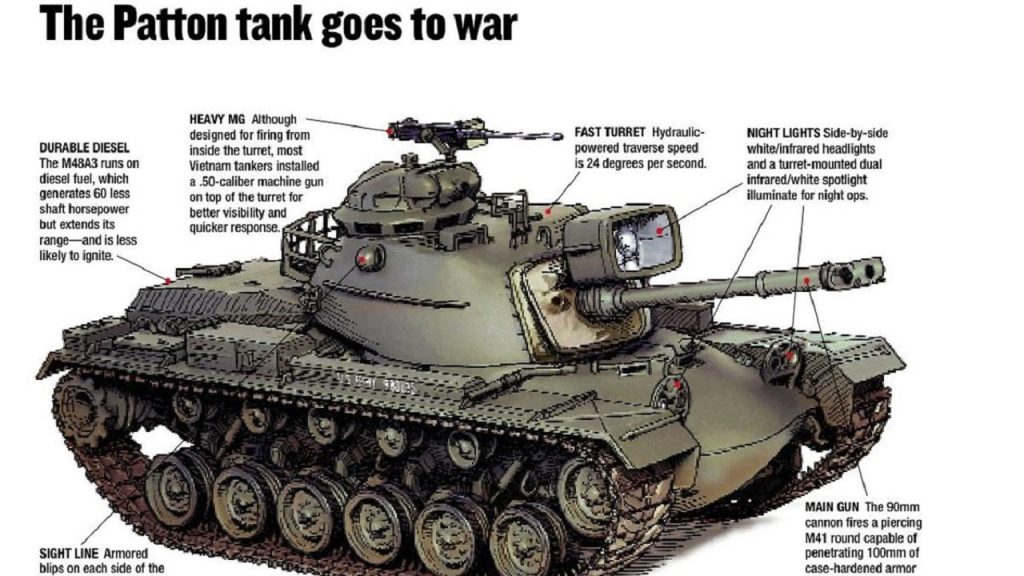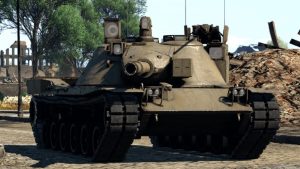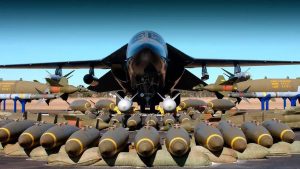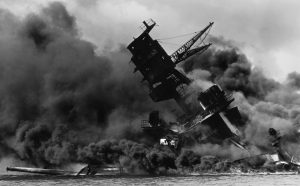| Why the Old M60 Tank Won’t Go AwayGiven how many M60s are now in service, it isn’t surprising that there remains a large international market for M60 upgrades. |

Across the United States, there are now hundreds of M60 tanks that are on display at parks, National Guard armories, military bases, and museums. The reason so many were able to be used as static displays is that a staggering number were produced – more than 15,000 in all variants.
Though the United States military retired the M60 from front-line combat after 1991’s Operation Desert Storm and the last tanks were retired from National Guard service in 1997. Yet, as of last year, the M60 main battle tank (MBT) remained in active service with some 17 nations around the world – a testament to the robustness of the basic design.
In fact, during the Cold War, U. S. M60 MBT served longer and fought on more battlefields than any other. It played a critical role in defending key American allies and provided the U.S. Army in Europe with a solid, dependable tank to fend off the armored hordes of the Soviet Union and the Warsaw Pact. A descendant of Korean War era “Patton” tanks, the M60 was an example of how incremental advances in military technology could progressively better-fighting machines.
Currently, Egypt maintains one of the largest fleets of M60s – and has some 300 M60A1 and 850 M60A3 variants still in service, while Saudi Arabia has nearly 400 in its arsenal. Those Saudi M60s aren’t on display at museums, however, and many have been deployed as part of the coalition currently engaged with Iranian-backed Houthi rebels in Yemen.
Likewise, the Turkish Army has more than 1,000 in service and dozens or more have been deployed to Syria. Even as Ankara has plans in the works to introduce its more modern, domestically-produced Altay main battle tank, the Cold War era M60 will likely remain in service for years to come. A significant number of Turkey’s tank force consists of the M60, and Ankara has worked with sometime regional partner Israel for assistance in upgrading its aging tank fleet.
Though relations between the two nations aren’t as good as they had previously been, Israel had offered Turkey the Sabra upgrade package – which the Israel Defense Force (IDF) had previously used to extend the capabilities of its own M48 and M60 Patton tanks. As of last year, about 170 of Turkey’s aging MBT’s had already been upgraded to the M60T standard in a deal that was reported to be around $687 million. Those upgraded tanks feature new active and passive armor, an improved fire control system, and notably a 120mm smoothbore gun, an improved fire control system, appliqué armor, new running gear, and 1,000 horsepower engine.
In the summer of 2020, Turkey further improved its M60Ts with the addition of the Pulat active protection system (APS) installed on six points around the hull to provide 360-degree coverage against missiles and other projectiles.
Given how many M60s are now in service, it isn’t surprising that there remains a large international market for M60 upgrades. Defense industry giants UK-based Raytheon and Italian-based Leonardo have begun to market M60 upgrades in recent years that could extend the useful life of the MBT. Among the upgrades is a 120mm smoothbore main gun, which is capable of firing NATO standard ammunition, as well as engine upgrades and improvements to the passive armor.
In 2016, Raytheon announced the release of its M60A3 Service Life Extension Program (SLEP), which added the 120-millimeter M256 gun of the M1A2 Abrams and a new, all-digital fire control system that was first developed for the U. S. Army. Engine output has been increased from 200 horsepower to 950hp.
With these improvements, some of those M60s could remain in use for decades to come.





